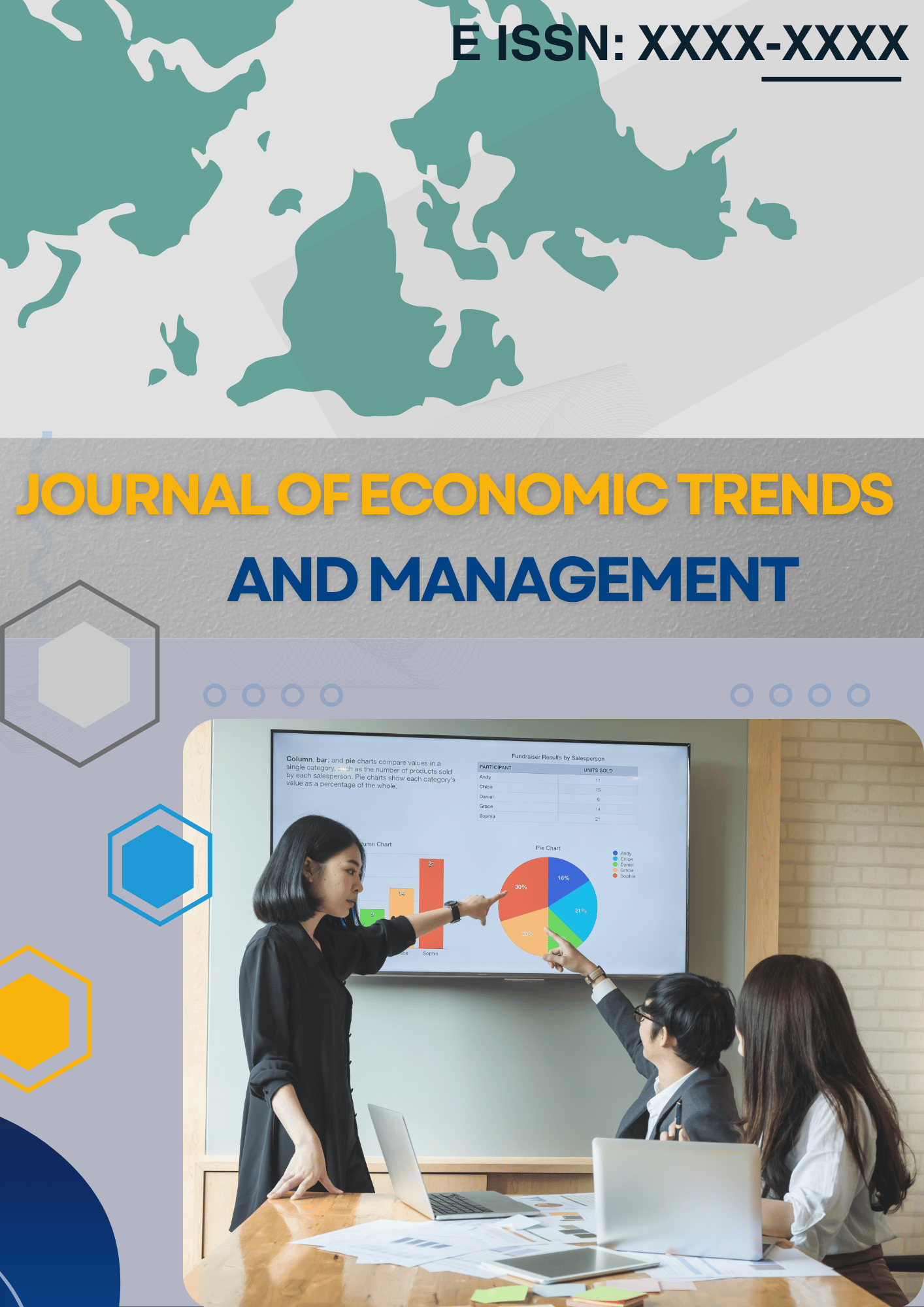The Influence of Participative Leadership Style and Organizational Culture on Employee Performance through Motivation as an Intervening Variable
Keywords:
Participative Leadership , Organizational Culture , Work Motivation , Employee Performance , Structural Equation ModelingAbstract
Purpose: This study investigates the extent to which participative leadership style and organizational culture influence employee performance, both directly and indirectly, through the mediating role of work motivation. Amid the growing complexity of organizational environments—especially within the financial services sector—this research aims to explore how human-centric leadership and cultural alignment can enhance performance outcomes
Subjects and Methods: The study employed a quantitative approach involving 120 employees from financial service institutions in Indonesia. Data were collected using validated instruments and analyzed using Partial Least Squares Structural Equation Modeling (PLS-SEM). The model tested both direct and indirect pathways to assess the mediation effects of work motivation on the relationships between leadership, culture, and performance.
Results: The findings revealed that participative leadership and organizational culture significantly influence employee performance. Moreover, both variables exert an additional indirect effect through work motivation, which serves as a partial mediator. The structural model explained 56.4% of the variance in employee performance and 47.2% in work motivation. All path coefficients were statistically significant (p < 0.05), indicating strong predictive relationships among the constructs.
Conclusions: The study underscores the strategic importance of participative leadership and cultural alignment in fostering motivational climates that drive high performance. Work motivation emerged as a critical psychological mechanism through which organizational structures translate into behavioral outcomes. These findings provide theoretical validation for Self-Determination Theory in organizational settings and offer practical insights for leaders seeking to develop adaptive, engaged, and high-performing teams in competitive service environments.
References
Armstrong, M., & Taylor, S. (2023). Armstrong's handbook of human resource management practice (16th ed.). Kogan Page.
Bakker, A. B., Demerouti, E., & Sanz-Vergel, A. I. (2021). Burnout and work engagement: The JD–R approach. Annual Review of Organizational Psychology and Organizational Behavior, 8(1), 83–106. https://doi.org/10.1146/annurev-orgpsych-012420-091304
Baron, R. M., & Kenny, D. A. (1986). The moderator–mediator variable distinction in social psychological research: Conceptual, strategic, and statistical considerations. Journal of Personality and Social Psychology, 51(6), 1173–1182. https://doi.org/10.1037/0022-3514.51.6.1173
Creswell, J. W., & Creswell, J. D. (2018). Research design: Qualitative, quantitative, and mixed methods approaches (5th ed.). SAGE Publications.
Denison, D. R., Nieminen, L., & Kotrba, L. (2023). Organizational culture and leadership effectiveness: A meta-analytic investigation. Academy of Management Perspectives, 37(1), 84–100. https://doi.org/10.5465/amp.2020.0060
Gagné, M., Forest, J., Vansteenkiste, M., Crevier-Braud, L., Van den Broeck, A., Aspeli, A. K., … & Westbye, C. (2023). The Multidimensional Work Motivation Scale: Validation evidence in seven languages and nine countries. European Journal of Work and Organizational Psychology, 32(2), 201–218. https://doi.org/10.1080/1359432X.2022.2044561
Hair, J. F., Hult, G. T. M., Ringle, C. M., & Sarstedt, M. (2021). A primer on partial least squares structural equation modeling (PLS-SEM) (3rd ed.). SAGE Publications.
Hartnell, C. A., Kinicki, A. J., Lambert, L. S., Fugate, M., & Doyle Corner, P. (2021). Do similarities or differences between CEO leadership and organizational culture have a more positive effect on firm performance? A test of competing predictions. Journal of Applied Psychology, 106(2), 214–229. https://doi.org/10.1037/apl0000486
Kanfer, R., Frese, M., & Johnson, R. E. (2022). Motivation related to work: A century of progress. Journal of Applied Psychology, 107(3), 331–348.
Kim, M., & Beehr, T. A. (2021). Participative leadership: A meta-analytic synthesis. Journal of Occupational and Organizational Psychology, 94(1), 153–181. https://doi.org/10.1111/joop.12352
Lam, C. F., Huang, X., & Chan, S. C. H. (2023). Promoting employee voice through participative leadership: The roles of leader–member exchange and psychological empowerment. Journal of Occupational and Organizational Psychology, 96(1), 155–173. https://doi.org/10.1111/joop.12432
Ryan, R. M., & Deci, E. L. (2020). Intrinsic and extrinsic motivations: Classic definitions and new directions. Contemporary Educational Psychology, 25(1), 54–67.
Ryan, R. M., & Deci, E. L. (2020). Self-determination theory: Basic psychological needs in motivation, development, and wellness. Guilford Press.
Sarstedt, M., Ringle, C. M., Cheah, J.-H., Ting, H., Moisescu, O. I., & Radomir, L. (2022). Structural model robustness checks in PLS-SEM. Tourism Economics, 28(4), 843–864. https://doi.org/10.1177/13548166221074159
Yukl, G. (2020). Leadership in organizations (9th ed.). Pearson Education.
Downloads
Published
Issue
Section
License
Copyright (c) 2025 Journal of Economic Trends and Management

This work is licensed under a Creative Commons Attribution-ShareAlike 4.0 International License.






